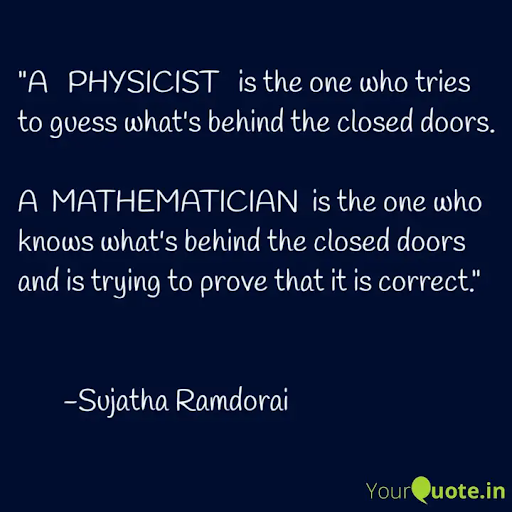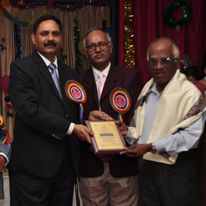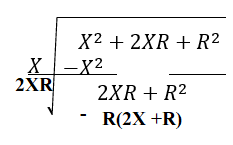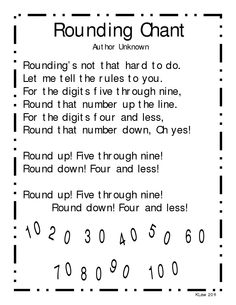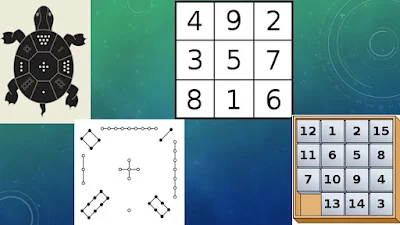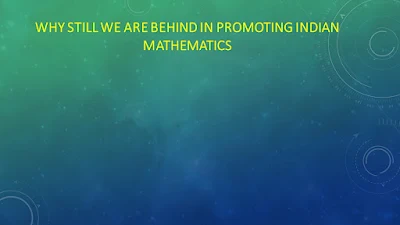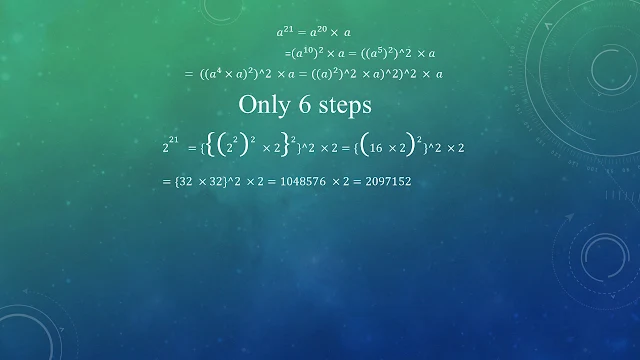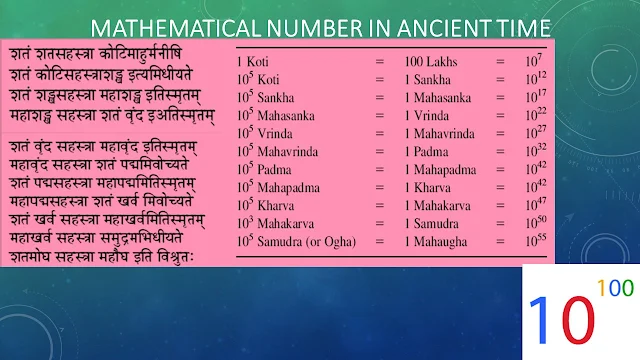CONTRIBUTION BY WOMEN IN MATHEMATICS
A quote
from Marie Curie, Noble prize winner & Radio Activity researcher
“We must
have perseverance and above all confidence in ourselves. We must believe that
we are gifted for something and that this thing ,at whatever cost ,must be attained.”
Introduction:
I was given an opportunity to write an article on “The
Importance of Women Education in the Society”, got published on the title of
the book “Women Empowerment and Educational development”. Very recently
people celebrated International Women’s Day on March 8th. Some
organisations recognised the immense services rendered by women on various
fields, had been felicitated with awards and rewards. Since then, I have been
thinking to write an article on the topic given above. There is an assumption
that girls can’t do maths. How can one accept this statement? The assumption is
wrong, if I am permitted to say. Here are the five women Mathematicians from
our country:
1.
Ms. Shakuntala Devi
2.
Ms. Raman Parimala
3.
Dr. Mangala Narlikar
4.
Ms. Sujatha Ramdorai
5.
Dr. Neena Gupta
There are past and present exceptional women mathematicians,
let me share what they have contributed.
1. Shakuntala Devi: She was born on November 4th,
1929 in Bangalore, Karnataka. She redefined women can rule the domain of maths.
She is called as Human Computer. She extracted 23rd root of two
hundred- and one-digit number in 50 seconds. This has been published and listed
in Guinness book of world records in 1980. She has been very popular on mental
calculations. She has also written books, to name few: Puzzles to Puzzle You,
Super memory, etc. She has also touched little bit of the theory of astrology.
4.
Ms. Sujatha Ramdorai: She was born in the year
1962 in Bangalore. She is the first and the only Indian to win ICTP (International
Centre for Theoretical Physics) Ramanujan Prize in 2006, and also Shanti
Swaroop Bhatnagar Award in 2004. She is working in TIFR as a professor in
Maths. She is also member of the scientific committee of several international
research centres; Indo-French centre for Promotion of Advance Research. She is
specialised in pure and applied maths. She worked in the field of arithmetic
geometry of elliptic curves. She said Scientific career helps women to carry
out family life with flexibility, and also said one can achieve excellence by
just understanding Maths.
5.
Dr. Neena Gupta: She was born in the year 1984
in Kolkata. She is an associate professor at the theoretical statistics and
mathematics unit of Indian Statistical Institute (ISI, Kolkata). She is the
youngest to receive Shanti Swaroop Bhatnagar Award in 2019. She has been
recognised for her work in Affine Algebraic Geometry and for suggesting a
solution for the ZARISKI cancellation problem which mathematicians from 20th
and 21st centuries have been trying to solve. She got published her
first research paper on the mathematics puzzle ZARISKI cancellation during the
year 2014. She received the award from Indian National Science Academy also.
Her field of research is mainly on commutative algebra and affine.
I feel happy that I could be aware of eminent people who
have contributed in mathematics. No doubt, many more are there though I have
listed only five in numbers. Let me continue who have contributed from the
other countries in the field of mathematics.
---- be continued
Compiled by :- Mr K Bhanumoorthy (Rtd Principal, KVS)




